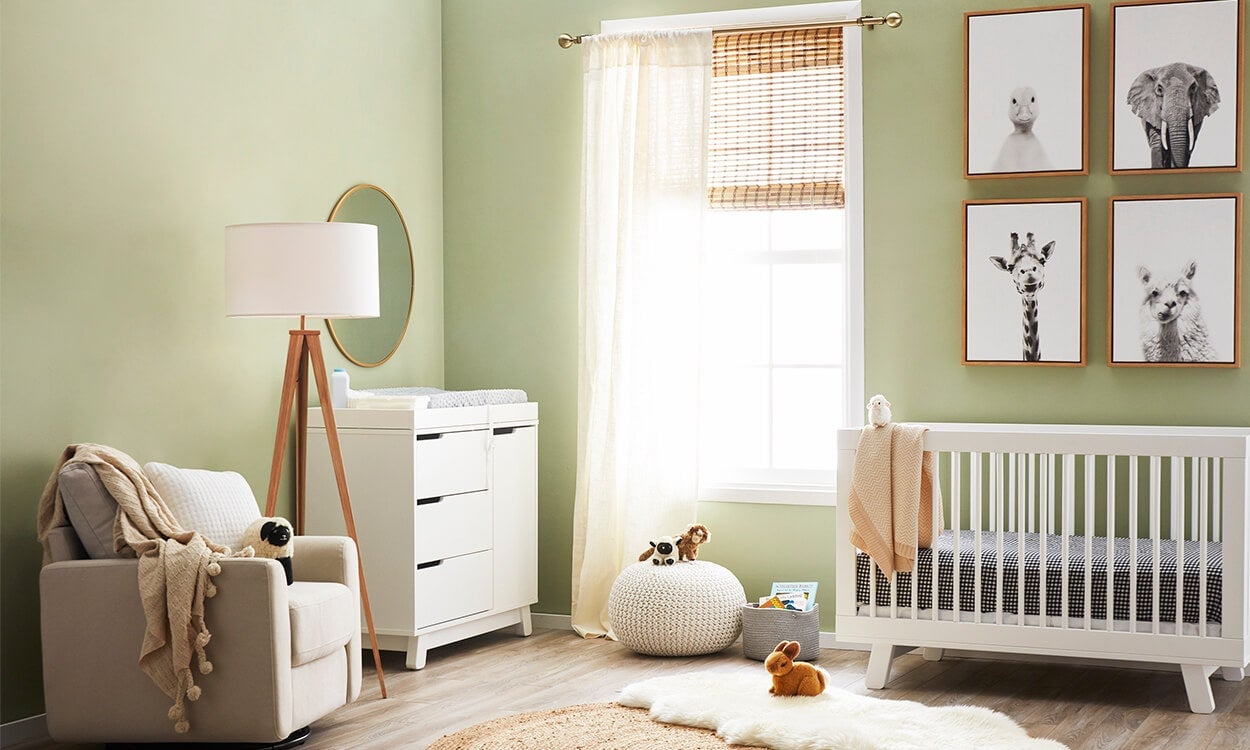Light in the living room: living atmosphere creation
For many, the living room is the most important in the house or apartment: It is a place of rest, retreat, and relaxation, where you can end the day with family, friends, or even alone - especially in autumn and winter when it gets dark early outside.
So it is all the more important to create an ambiance that invites you to feel good. For example with a comfortable sofa, the right furniture - but above all with warm white light. As always, this should be planned in good time and professionally - preferably by the Sunmory consultants. Indirect basic lighting is almost always recommended for the living room, which is then supplemented by additionally used and separately switchable light sources such as free-standing, table, or pendant lights. This creates several islands of light in the entire room and thus a play of light and shadow that creates tension and a pleasant atmosphere. For this reason alone, it is no longer enough to simply mount a single light source - the classic pendant luminaire - at the central ceiling outlet.
A single pendant lamp in the middle of the room is no longer enough
As in many other rooms, the basis for a coherent lighting concept in the living room is good general or basic lighting. Sufficient light is necessary for many tasks, but at the same time, it enables orientation and creates security. But be careful! The right amount is always important here. Because if it is too bright in the living room, it quickly becomes uncomfortable. That is why the Sunmory consultants almost exclusively recommend dimmable lights for the living room, with which the light intensity can be adapted to a wide variety of tasks and situations. It's functional and flexible at the same time. But there is also a decisive recommendation in terms of light color: Light in the living room, only luminaires or light sources that emit a warm white light should be used - either halogen lamps or, even better, long-life and energy-saving LEDs with a color temperature between 2,700 and 3,000 Kelvin.
The balance between indirect and direct light has to be right
Indirect and therefore glare-free lighting of the living room walls not only looks pleasant but also makes the room appear even larger. For this, however, downlights, ceiling lights, or track spotlights should be installed at the correct distance from the wall and then aligned accordingly. The beam angle of the light, which can vary depending on the model, is also decisive for the light image on the wall. A small angle of radiation produces a more focused light with a slim cone of light, while a large angle of radiation - of course - a broad cone of light. Incidentally, this also applies to wall lights, which should only be installed at eye level. They emit the bundled or diffuse light either indirectly, directly, or in both directions on the wall.
Modern, but also very elegant: basic lighting via light coves
What all of the lighting solutions we have shown so far have in common: The luminaires required for this are more or less visible in both the surface-mounted and recessed versions, depending on their size and shape. However, it is also possible to let the light come directly from the architecture - for example in the form of so-called cove lighting. Here, LED strips are embedded in a suspended ceiling or recesses or protrusions in the wall and then provide all-around, indirect light in the living room. This looks magical, but above all very elegant, because the lights are completely hidden and cannot be seen from any point in the room. A positive side effect of this type of lighting: rooms with a low ceiling look higher with cove lighting because the ceiling seems to float. In rooms with high ceilings, on the other hand, cove lighting in the protruding wall can create a more homely feeling.
Light accents can be set with the floor lamp, table lamp, and pendant lights
But even if the luminaires for the basic lighting should attract as little attention as possible, they are always furnishings, especially the light in the living room, that makes a decisive contribution to comfort. For example as a pendant lamp above the coffee table, as a floor lamp next to the reading chair, or as a table lamp on the sideboard or window sill. The design demands on these lights are correspondingly high, but of course, they should still provide good, warm white light. And they are not allowed to dazzle. Ceiling wash lights have always been particularly popular in the living room because they create wonderful accents with indirect light. For example, while watching TV or a cozy get-together. For good reading light next to the sofa or armchair, however, at least one additional lamp with significantly higher illuminance and direct light output is required, which is best also dimmed and individually aligned. In short: the activities and visual tasks naturally also determine the luminaires in the living room that are required in addition to general lighting.


Comments
Post a Comment